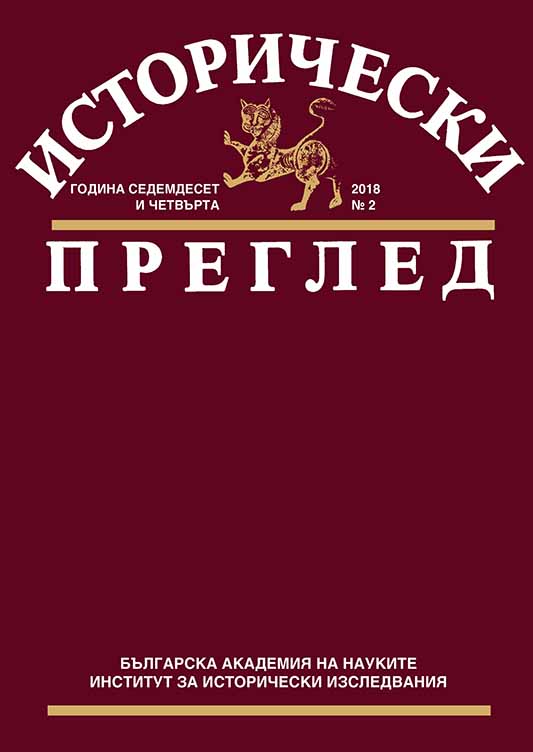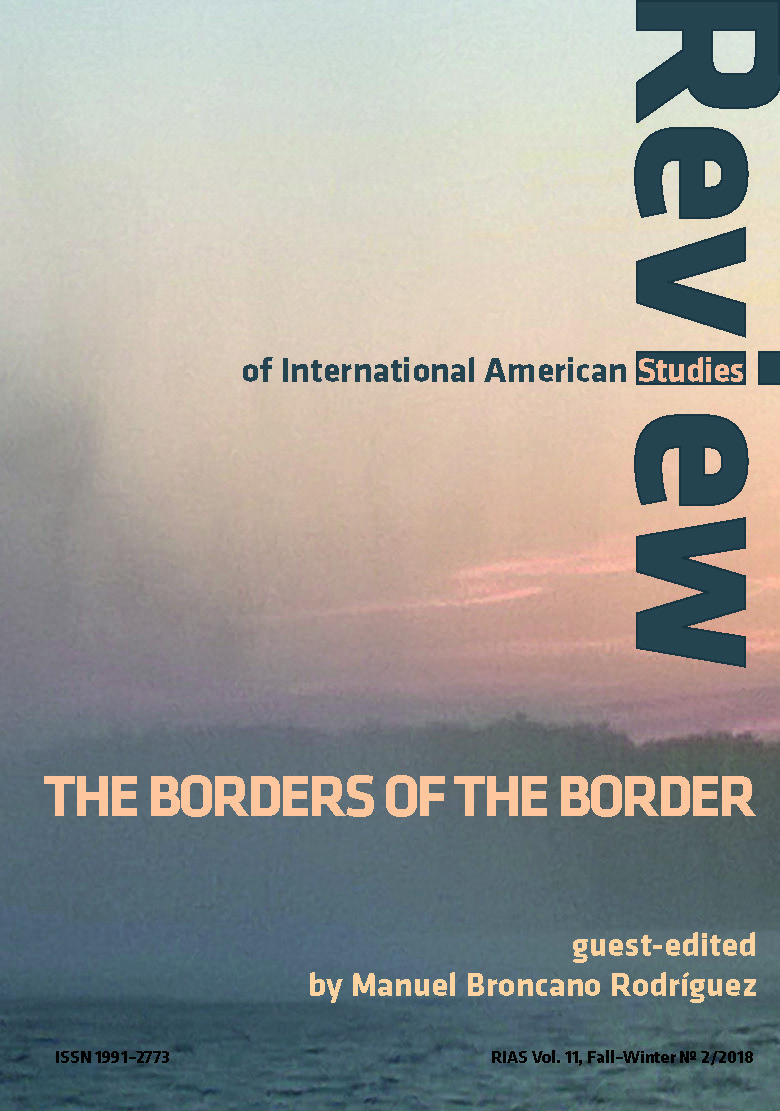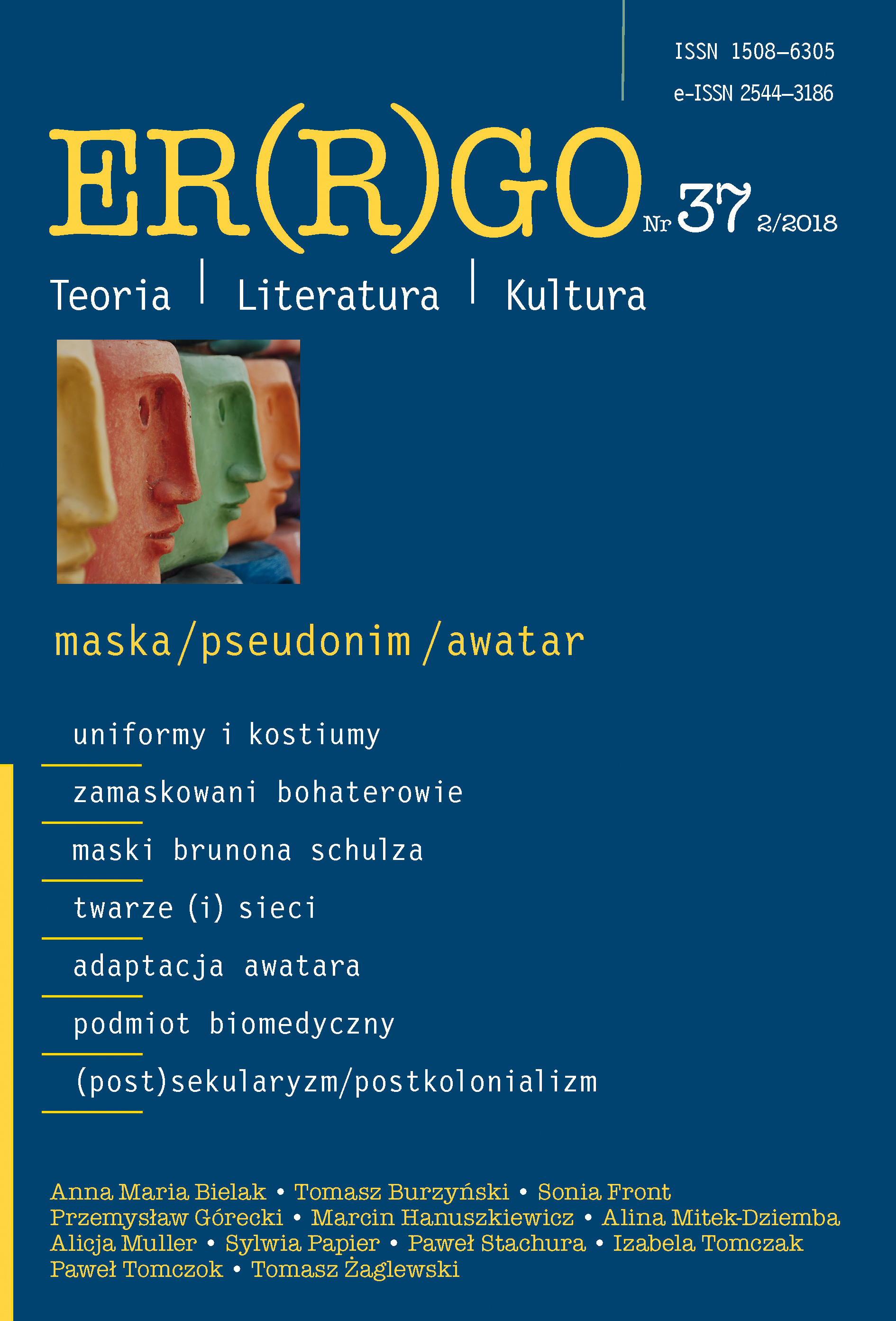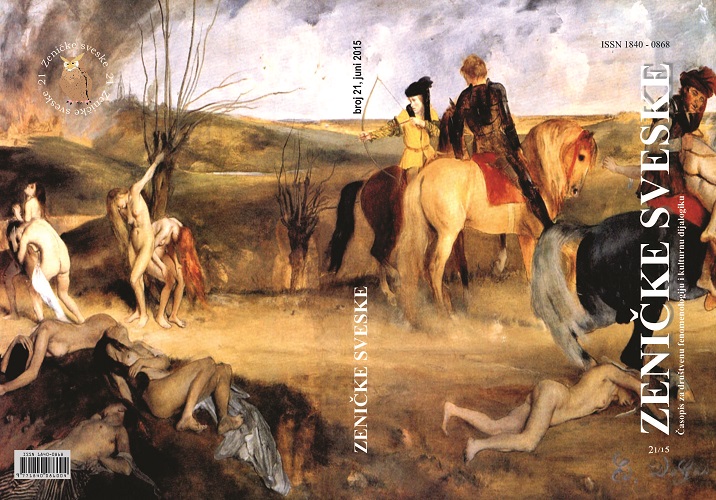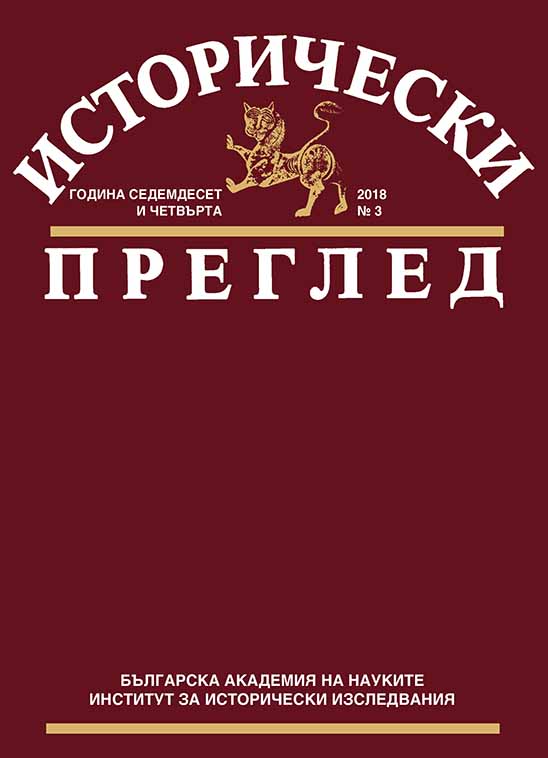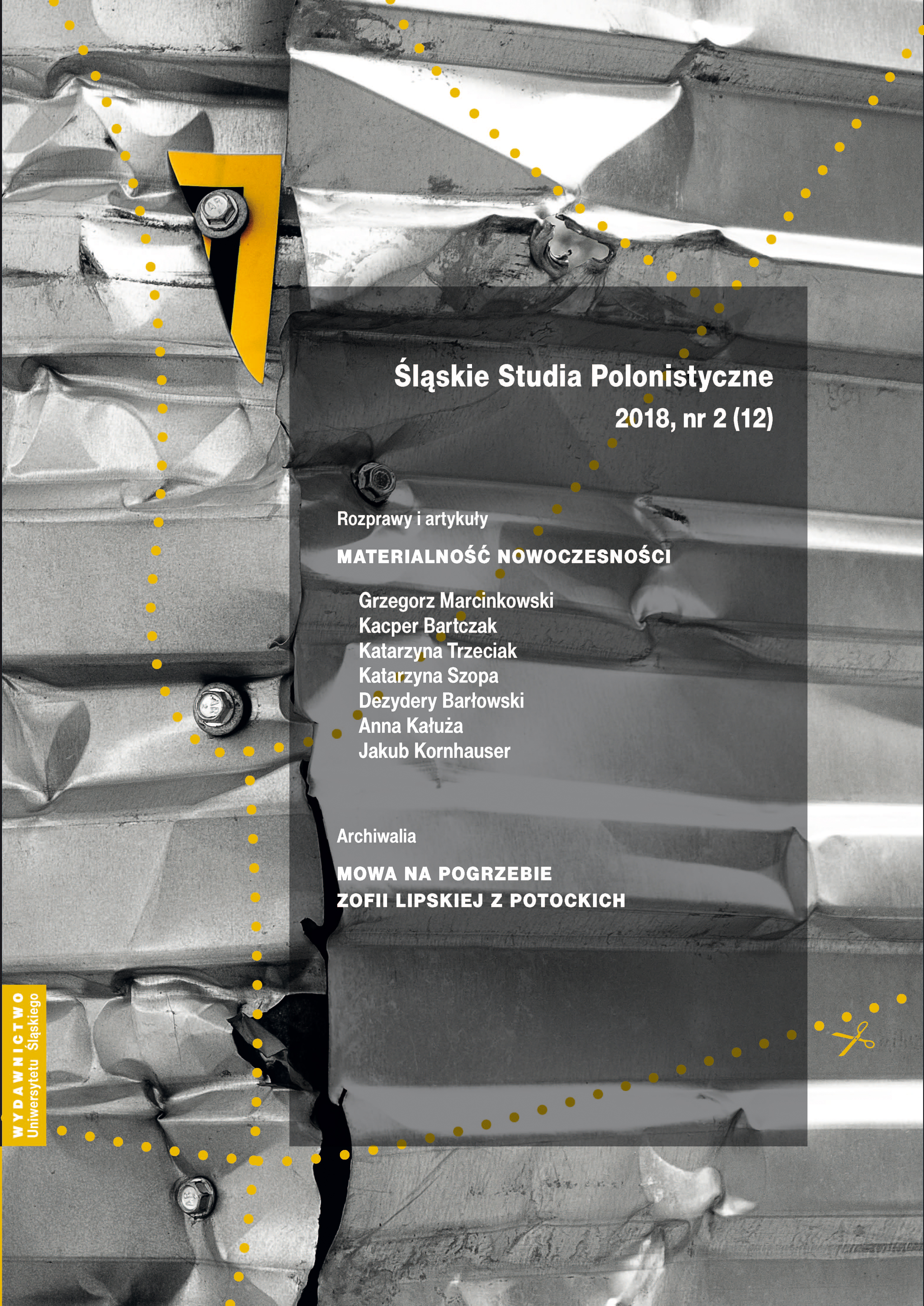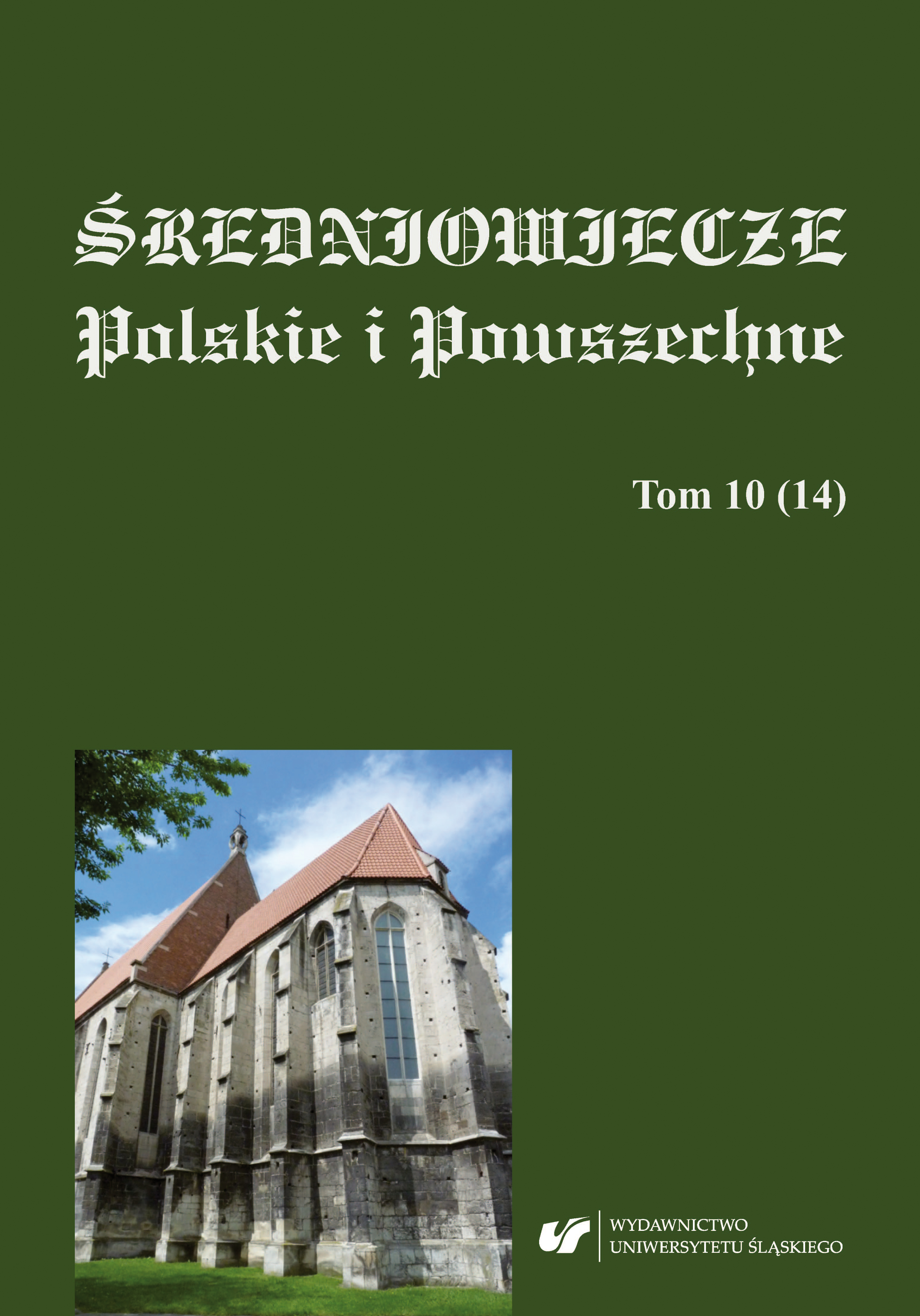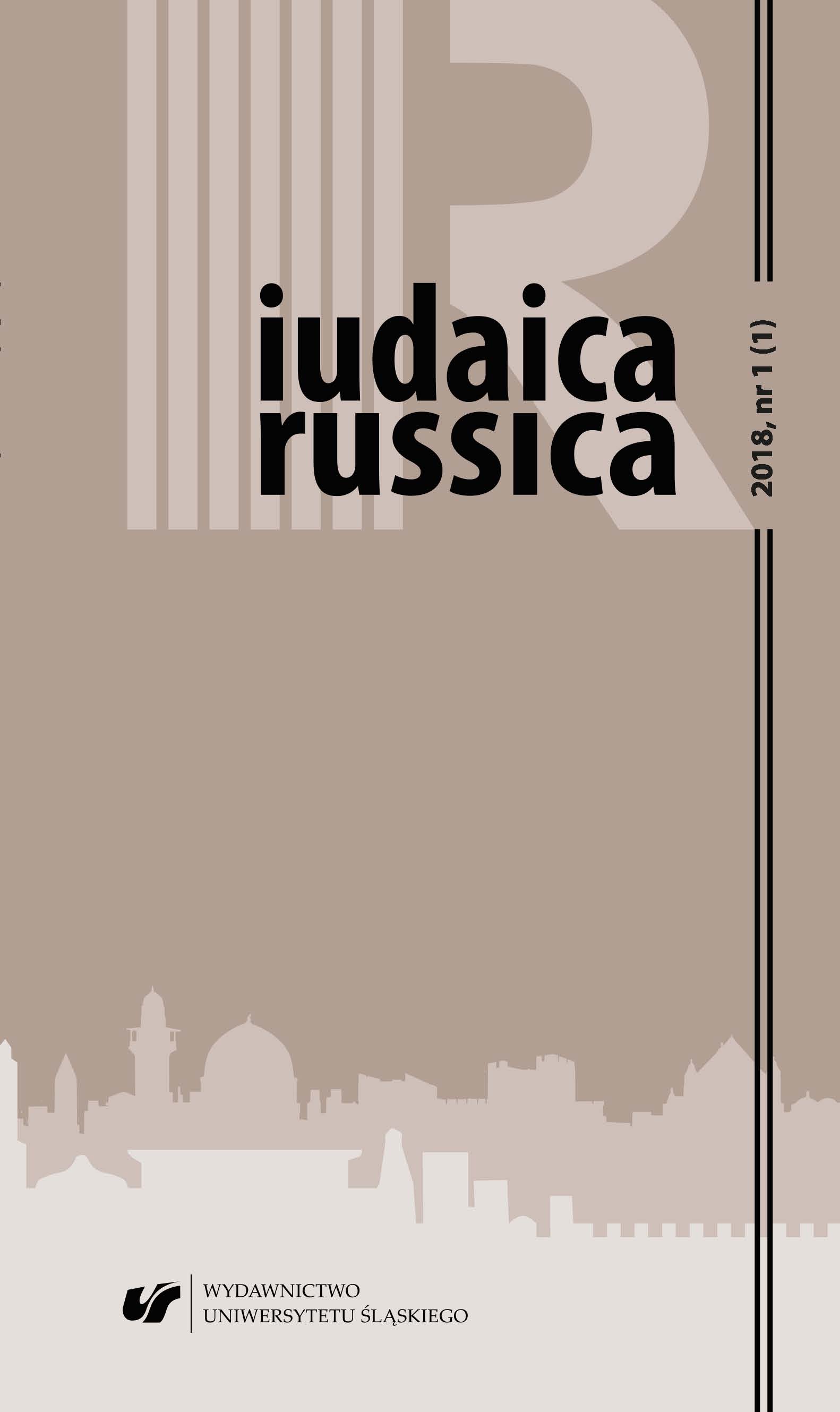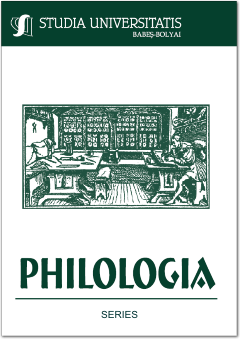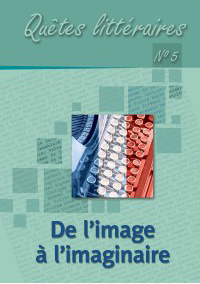
La Caricature littéraire : L’Éducation sentimentale de Flaubert
In the fictional universe of L’Éducation sentimentale, caricature is practiced in several ways by some characters who design caricatural portraits, play the role of famous caricatural characters and perform literary caricature in their press releases. Present and produced in the fictional universe, Flaubert also integrates it in the narration. He builds a literary caricature on the basis of graphical caricature. Based on the principle of distance, he highlights the gap between the pretensions of the characters and the paltry result of their efforts. He restores the device of the framework of lithography, in which the figures move like puppets, on the model of ball scenes by Gavarni. He then adds a caption that emphasises their comical scope. Finally, he skillfully practices caricatural portrait on the model of Daumier through the accentuation and reduction of traits. Characters and narrator thus fashion and allow a satirical view of society through the use of caricature. However, Flaubert’s "romanesque" poetics aims not to conclude. As such, the sharp judgment specific to caricature is not satisfactory to him. The author will redirect the intention in the wake of Daumier in order to mitigate its satirical scope and develop its ludic aspect. He will thereby superimpose the different voices of the characters to preserve the narrative’s polyphony. Flaubert as well as Daumier take some distance in order to avoid any definitive moral conclusion.
More...
